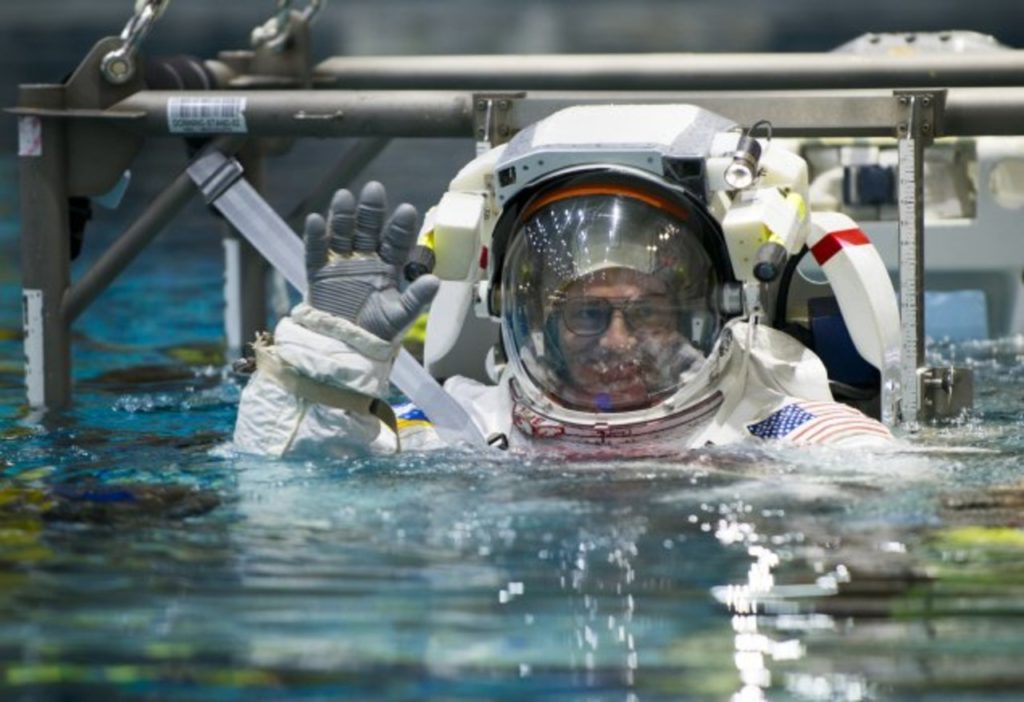
Rehab keeps people safe. It improves their lives and the lives of those who care about them, who live and work with them, who count on them. It helps prevent falls (and teaches people to safely get back up when they do fall). In rehab, we teach people to swallow without choking, to call for help even when they are on a ventilator, to check their feet for wounds. We resign their living spaces to be accessible and build wheelchairs that will support their weight without causing their skin to break down. Whether it’s due to an accident or the normal wear and tear of life, at some point or another, most people on Earth will need rehab.
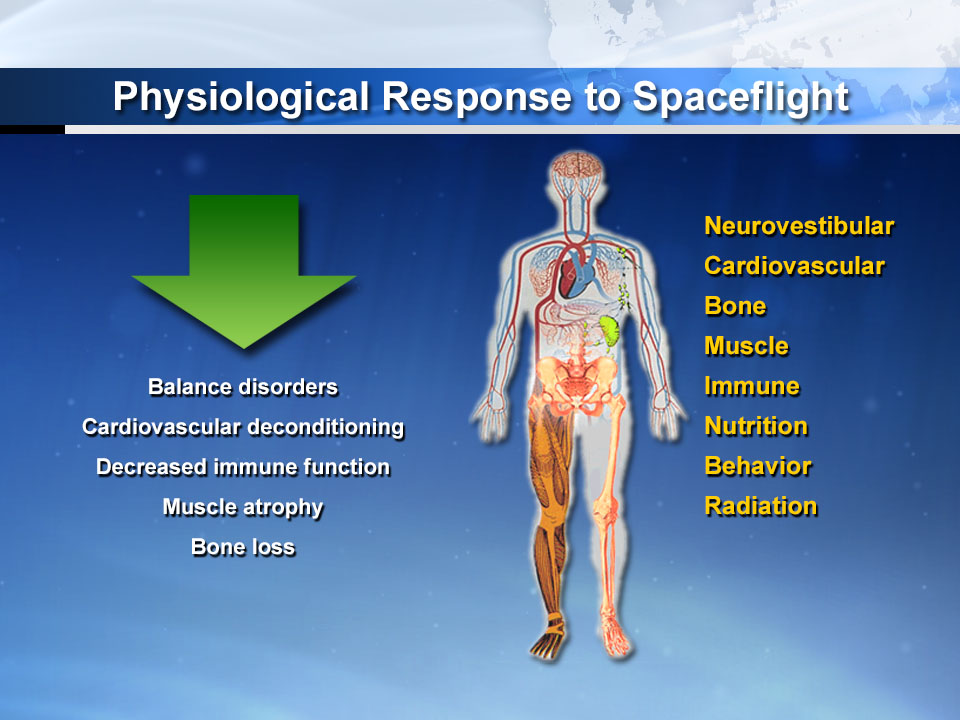
Space ALSO keeps people safe. Perhaps it sounds strange to claim that a strapping organic life forms to rockets filled with explosive propellant is a life-preserving maneuver. True enough, since aeronautics become a human pursuit, dozen of people have been hurt or killed going to or coming back from space. Today, we honor the lives that were lost and the families forever affected by those who gave their lives in service to their country as we look the giant leaps and small steps we hoped would preserve our freedoms.
And they did. By stepping into space, we discovered and developed technologies that have saved hundreds of thousands of lives. Up in the airless, radiation-filled void we secured something precious that had eluded us on the ground for decades: a peace with those who had been, politically, our enemies. For twenty years, we’ve very safely lived and worked in space. Space is now a place where we can live and work and help plan crop development and look for fires and warn of storms and do all the things that make life on the surface of the planet below easier, more possible, and, yes, safer.
Put space and rehab together and PRESTO: you have all the transformative power of defying gravity bouying up a human body seeking to regain its footing.
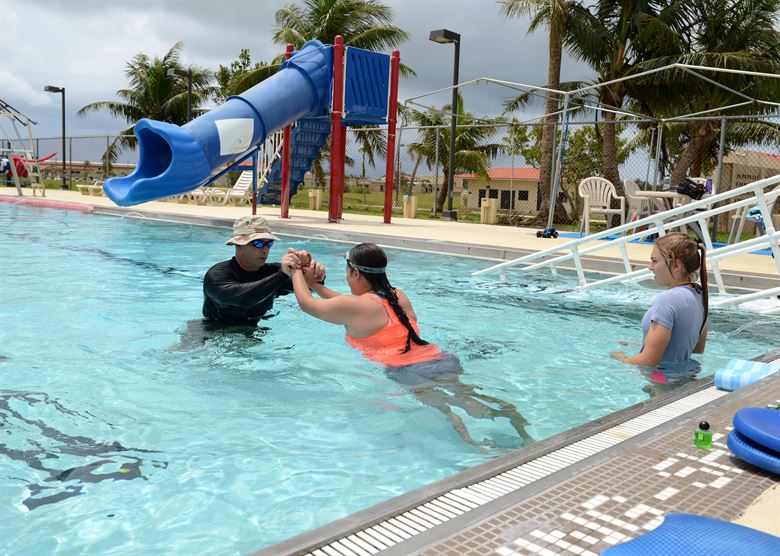
There is simply nothing I don’t love about space rehab. There is the challenge. Some of the hardest circumstances to rehab occur in both places. On earth, a human laying in a critical care bed loses muscle and bone mass: 1% per day.
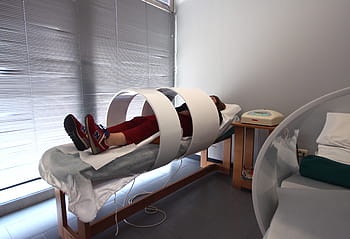
Without intervention, a human living in microgravity will lose muscle and bone at a similar rate. If we can prevent deconditioning – loss of bodily function – in space, it’s reasonable to believe we can prevent it on Earth. In space, we have been trying compressive suits and electrical simulation to improve lower body muscle tone. If it works, you can BET that technology WILL be coming to an ICU near you. If some cool magnetic therapy is found to prevent loss of strength and function in patients being treated in Earth hospitals, someone will find a way to miniaturize it, shield it so it doesn’t disturb other equipment, power it with solar energy, and ship it to space. And then – THEN the real fun begins.
Once you’ve made something small, light, durable, and portable, it can go places. All kinds of places. Remote human settlements. Submarines and airplanes. A child’s after-school play party. That’s what we want our rehab to be: accessible, convenient, and lasting. We also want that for our space equipment – heck, for ALL of our equipment. That’s why space shuttle technology is used all around the world to make light, strong, portable prosthetics that go to all of those places and then some. Space tech is also responsible for infrared thermometers, swallow-able capsule transmitters that record how our bodies are working, flashlights used in brain surgery (LEDs that were used for PLANT experiments on the shuttle), and the list goes on.
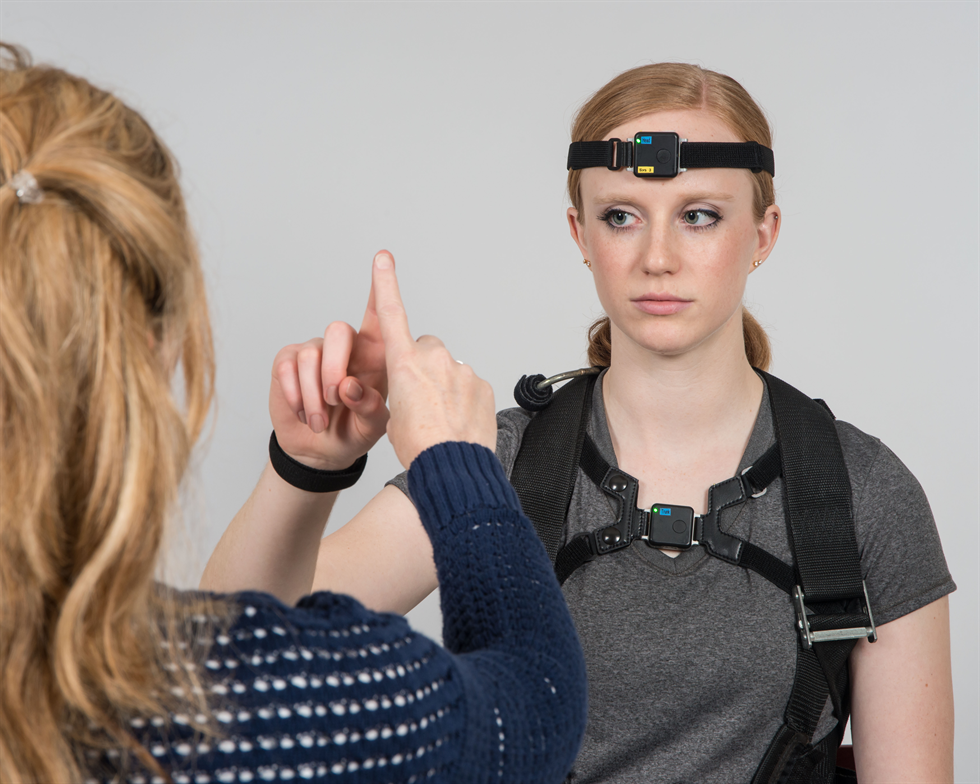
We want everyone who suffers from a medial accident to regain their abilities. That’s something we work on with every astronaut that returns to Earth. NASA has its own neuroscience laboratory. There, the best technology and experts in the world tackle problems like balance, dizziness, and control of the trunk (postural stability), which astronauts suffer after flight and which stroke patients and patients with spinal cord injuries deal with every day. Whatever we learn there goes out into the community where people are dealing with their challenges every day of their lives, every time they stand up, reach for something, or try to walk.
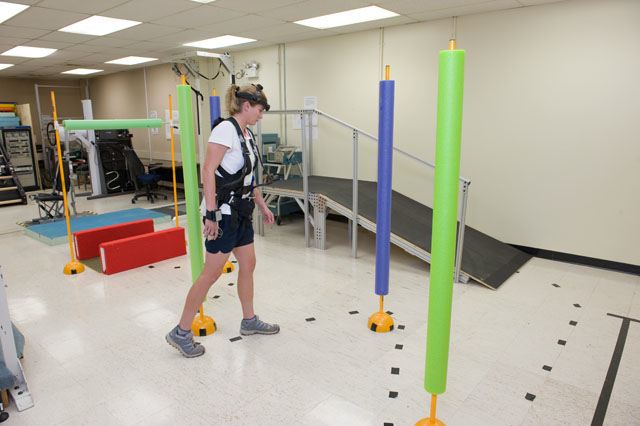
And, of course, we want everyone to walk.
As cool as moonwalking sounds, that’s more like skipping through a pool while wearing an extremely stiff jogging suit. Insofar as it’s possible, we want people to walk NORMALLY: put their full body weight (their mass + full Earth gravity) on their heels; bend their knees and lift their pelvis to shift the weight off their other foot; pass their full weight onto their toes, lift that free leg and TAKE A STEP. That pattern of motion build strength and bone. It aligns the spine, circulates blood, and allows the pelvis to drop a bit, making space for the diaphragm to move down and the lungs to draw in breath. True, we can breathe and move when we’re sitting and laying down, but many our muscles are most efficient when walking at intermediate speeds.
Learning how to walk again as a child, struggling to walk in a spacesuit at 1/6 gravity, and relearning how to walk after an injury or a stint in microgravity have a lot in common. It’s something we all strive and struggle to do for a reason: that upright-postured walk is one of the signature things that makes us human. Wherever we go, even if we drive or fly or get carried out of a spacecraft, we’re going to walk to walk sooner rather than later. Space rehab makes that possible for everyone, wherever they are in the universe.
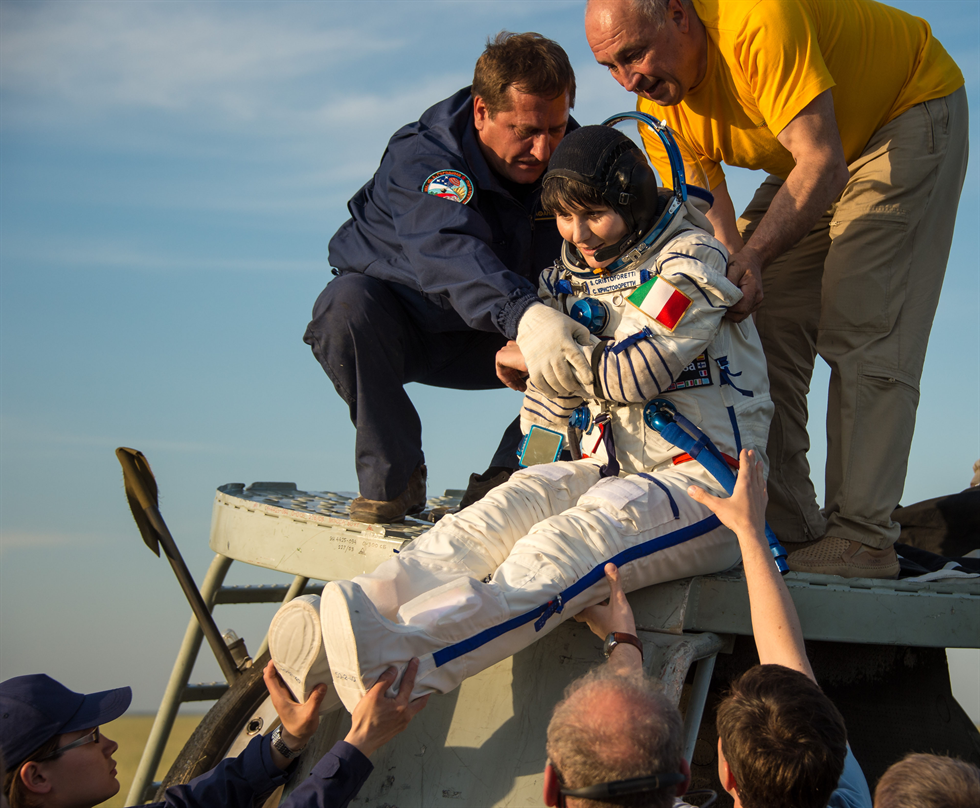
If you have served on land or sea, in the air or in space, thank you for your service and your sacrifice. If you help to rehabilitate those who serve, thank you also for continuing to get us all back on our feet. Happy memorial day 2020!
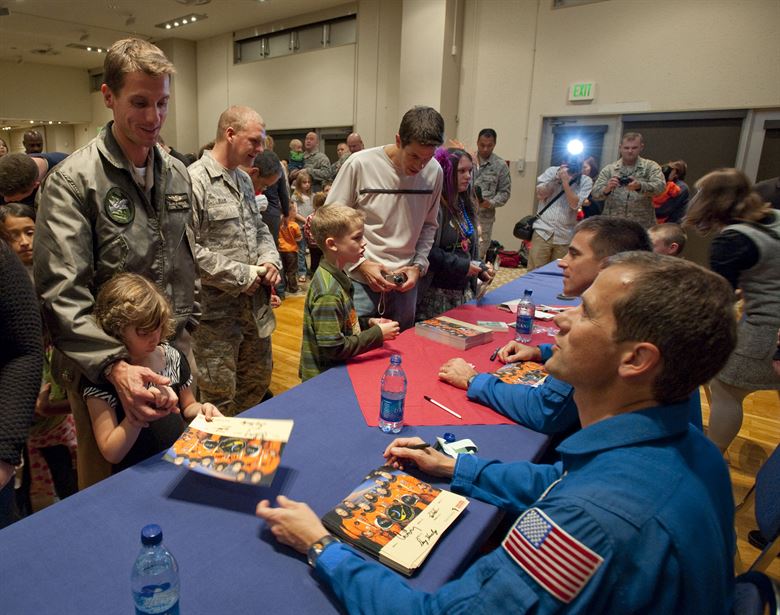
 Copyright secured by Digiprove © 2020 Sheyna Gifford
Copyright secured by Digiprove © 2020 Sheyna Gifford 